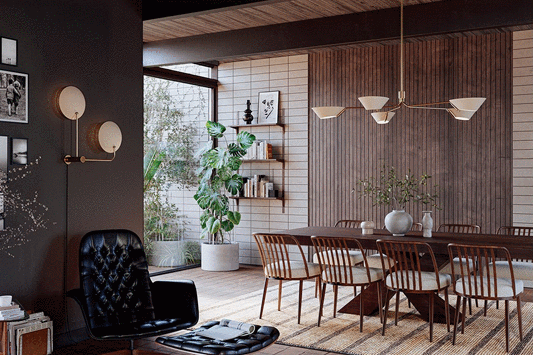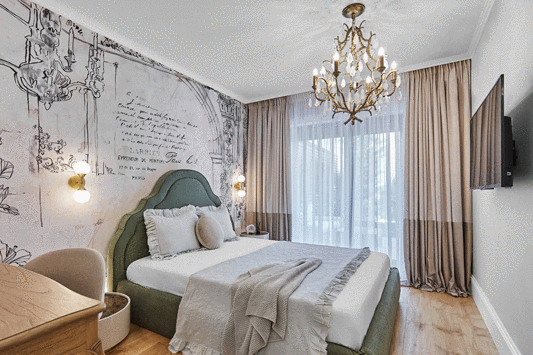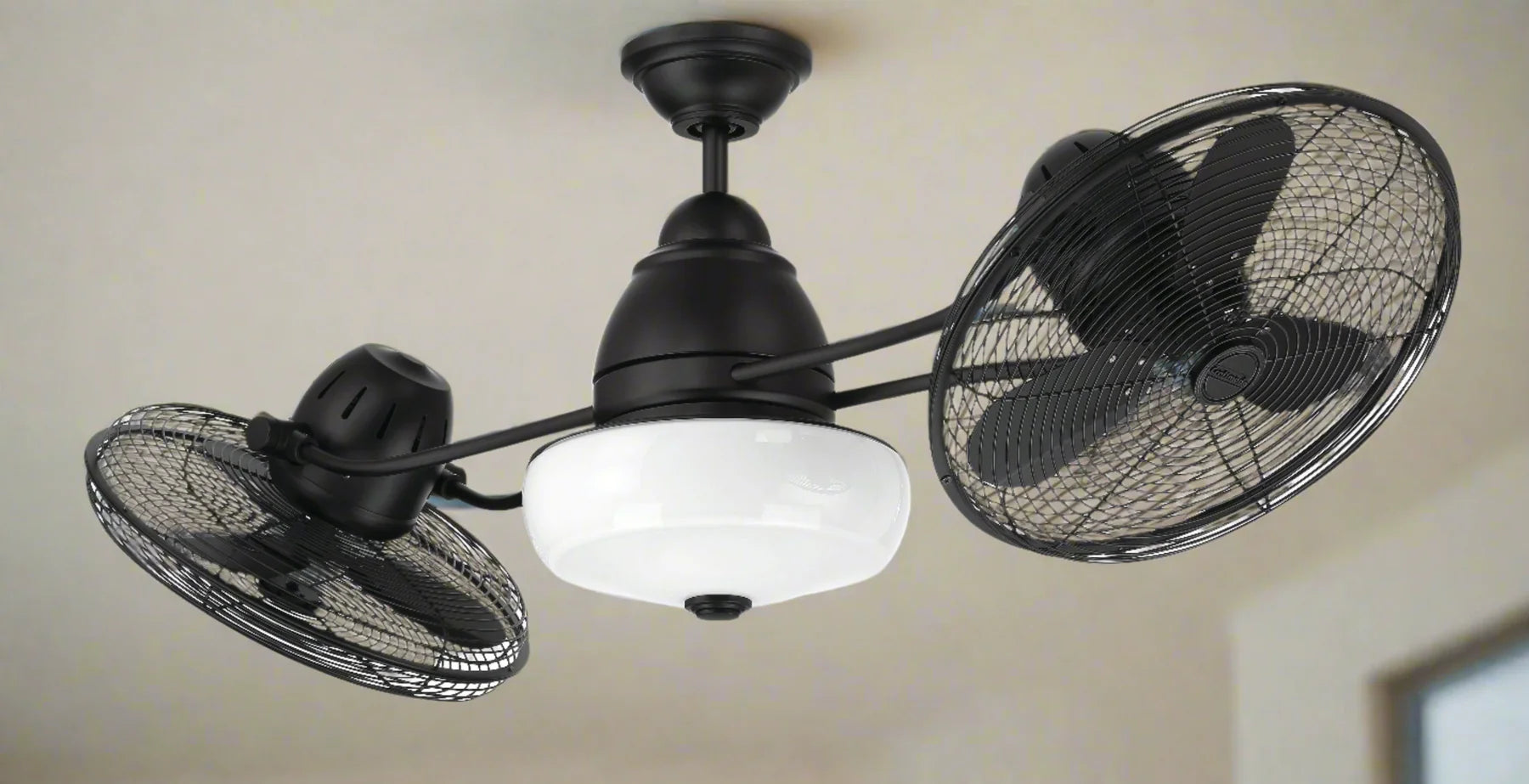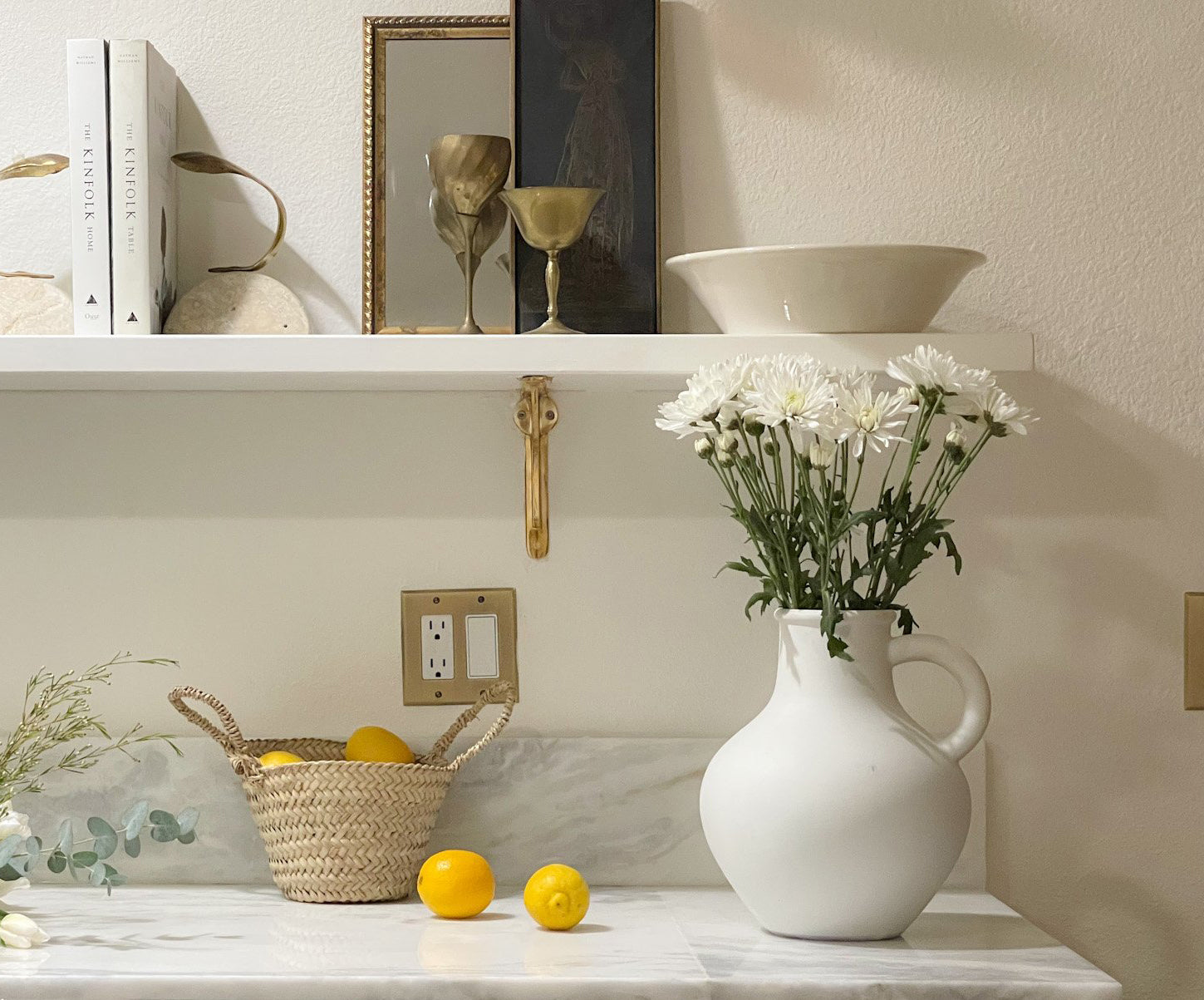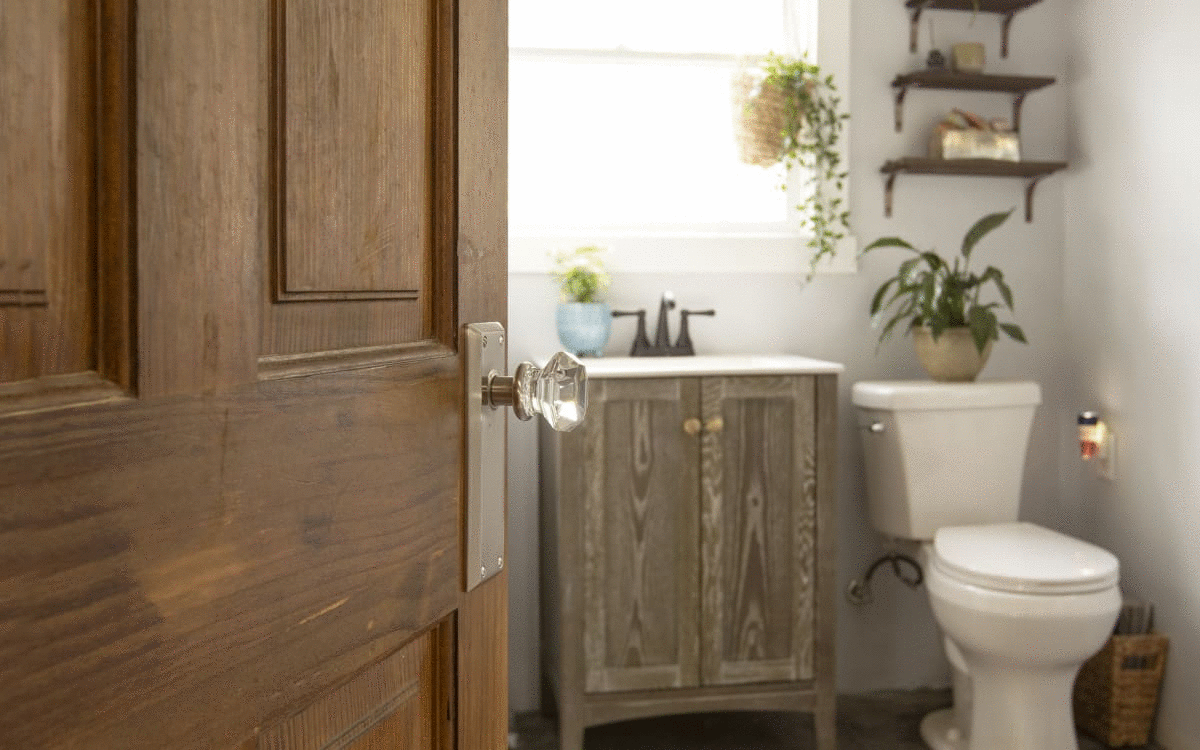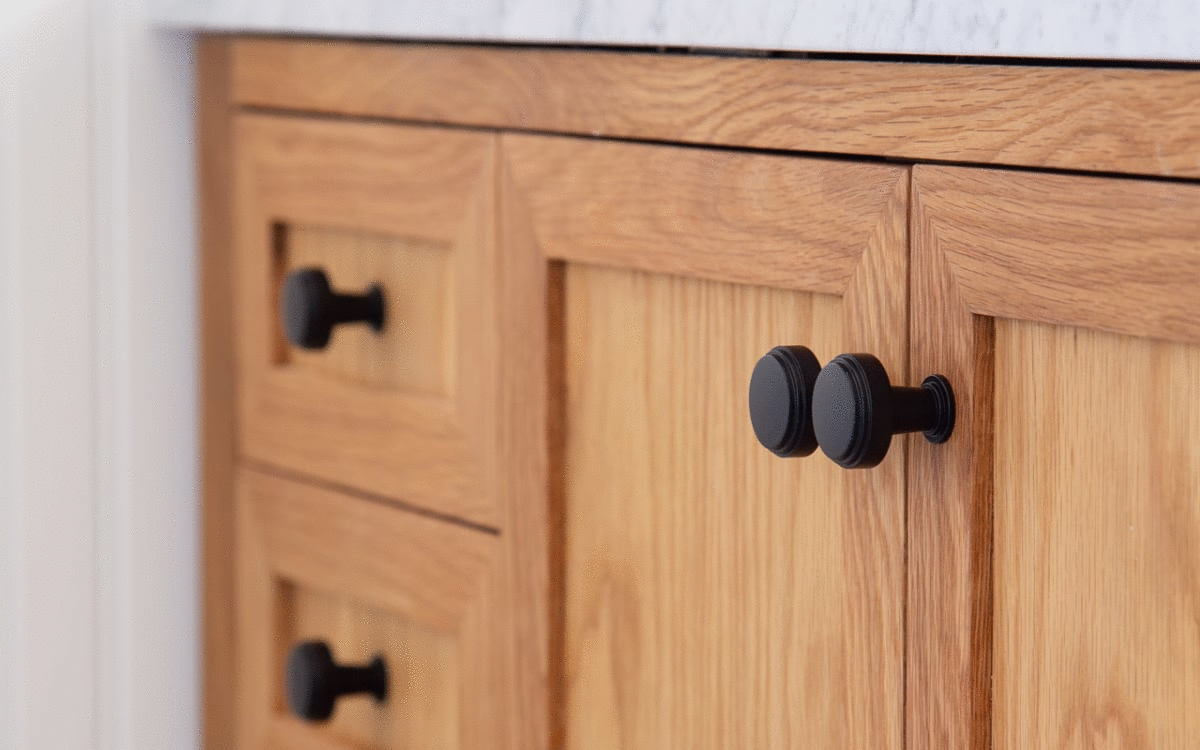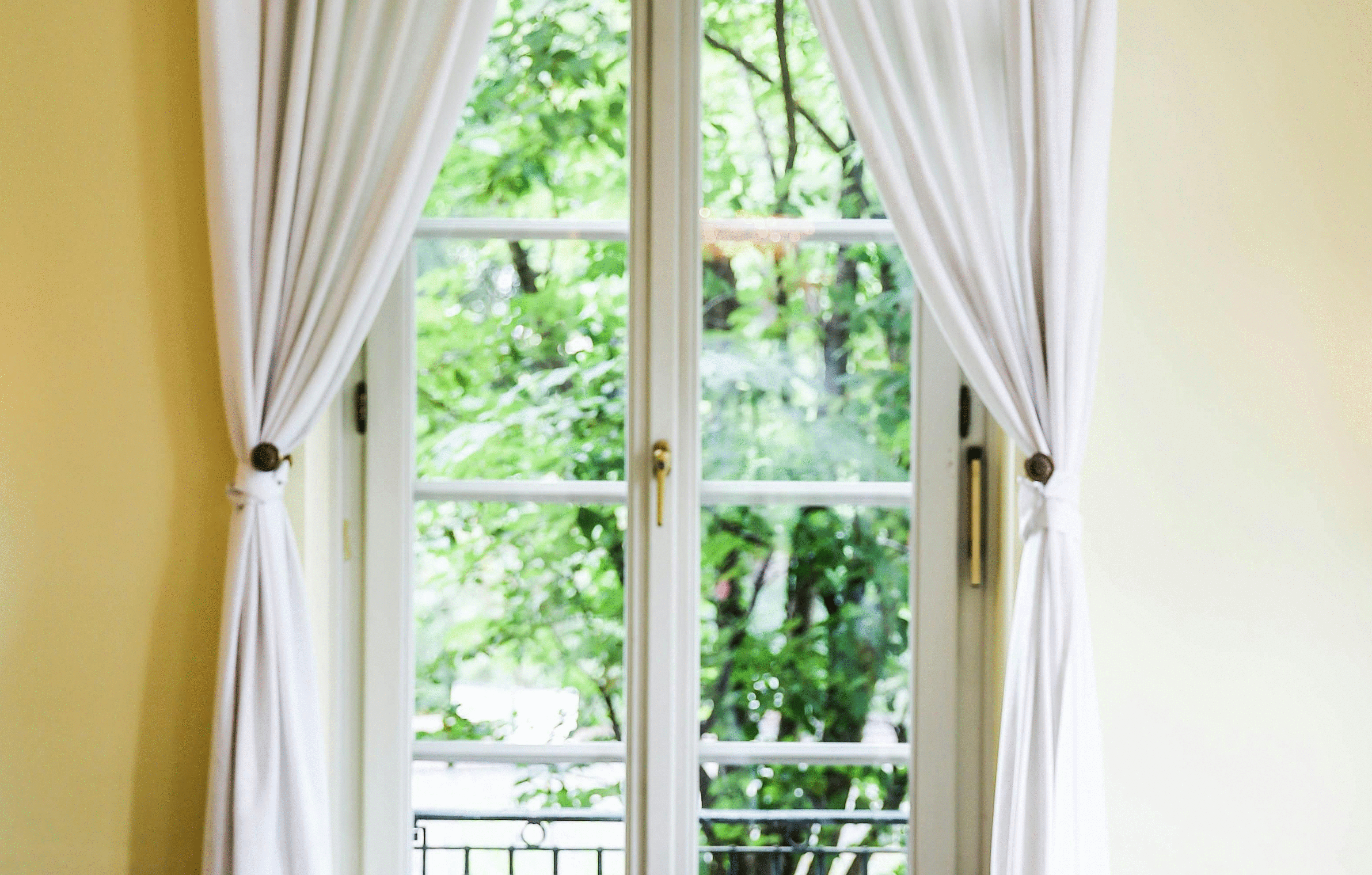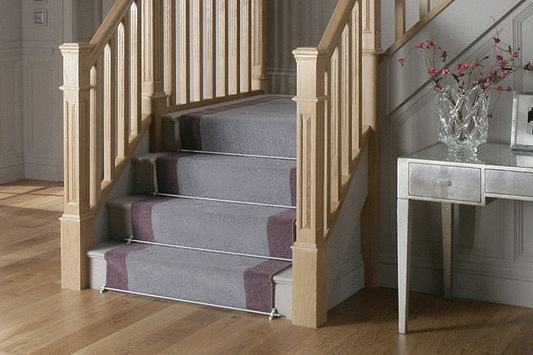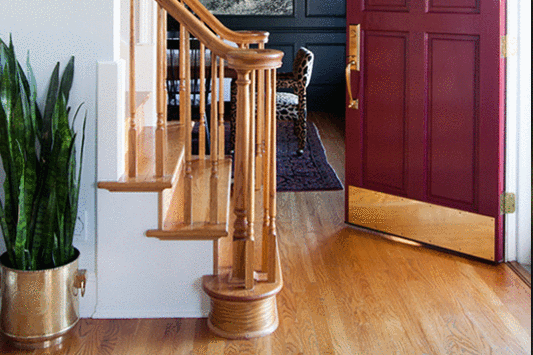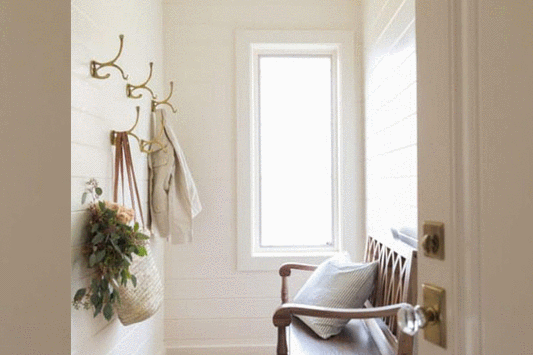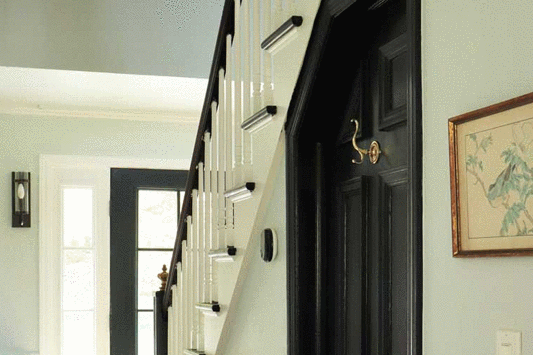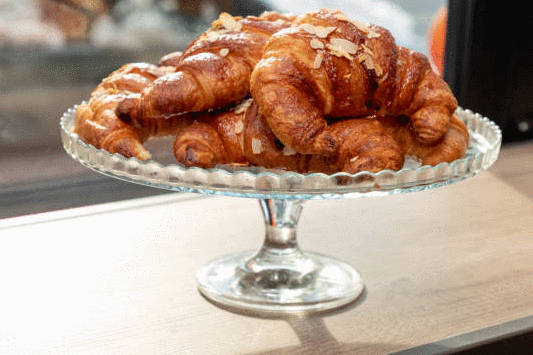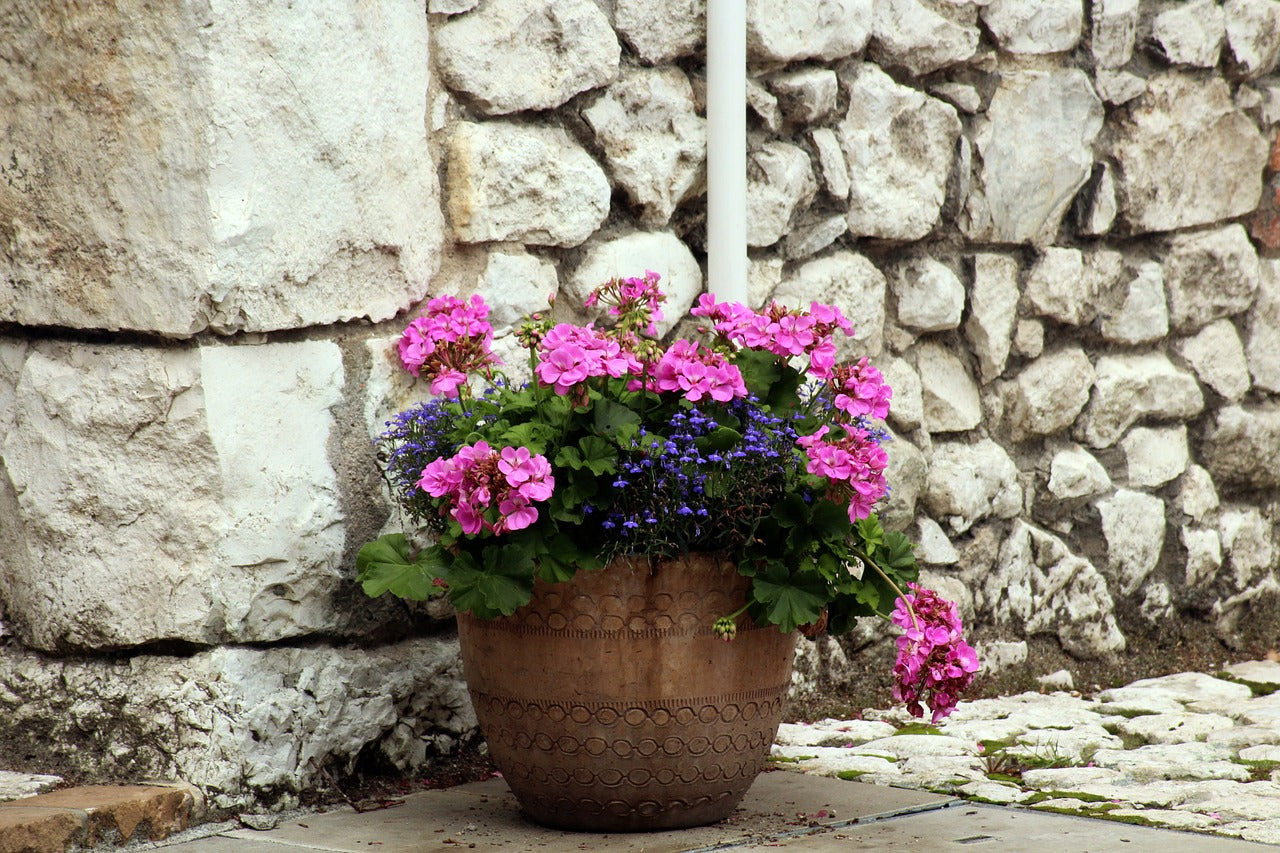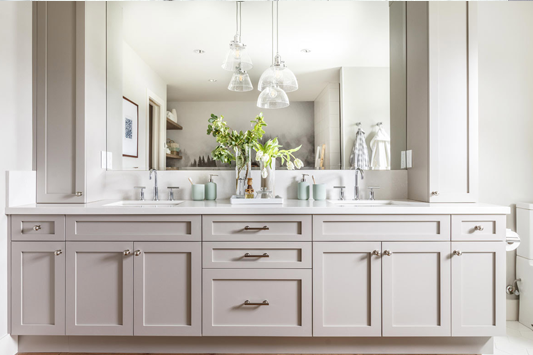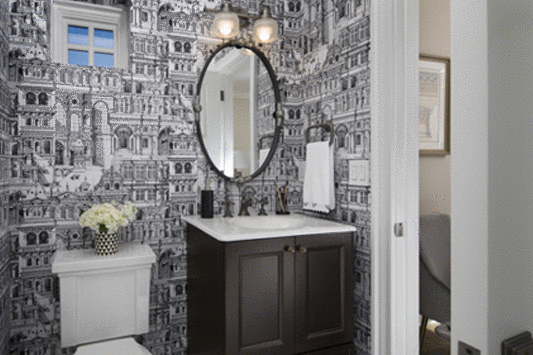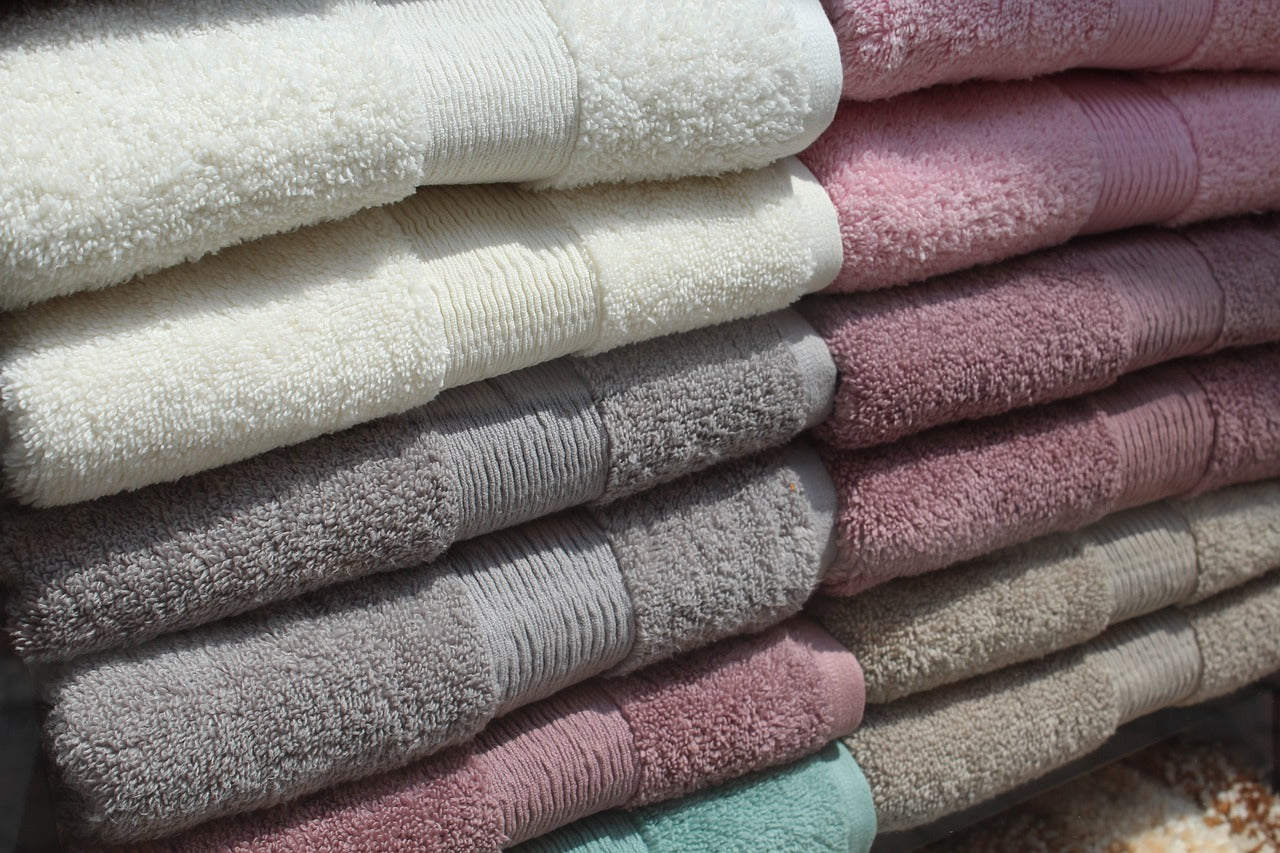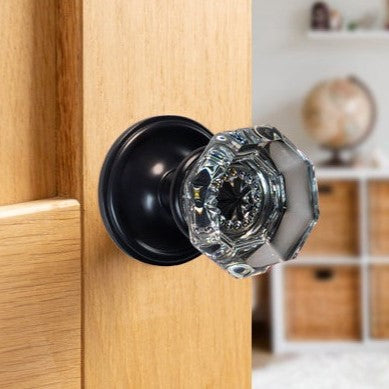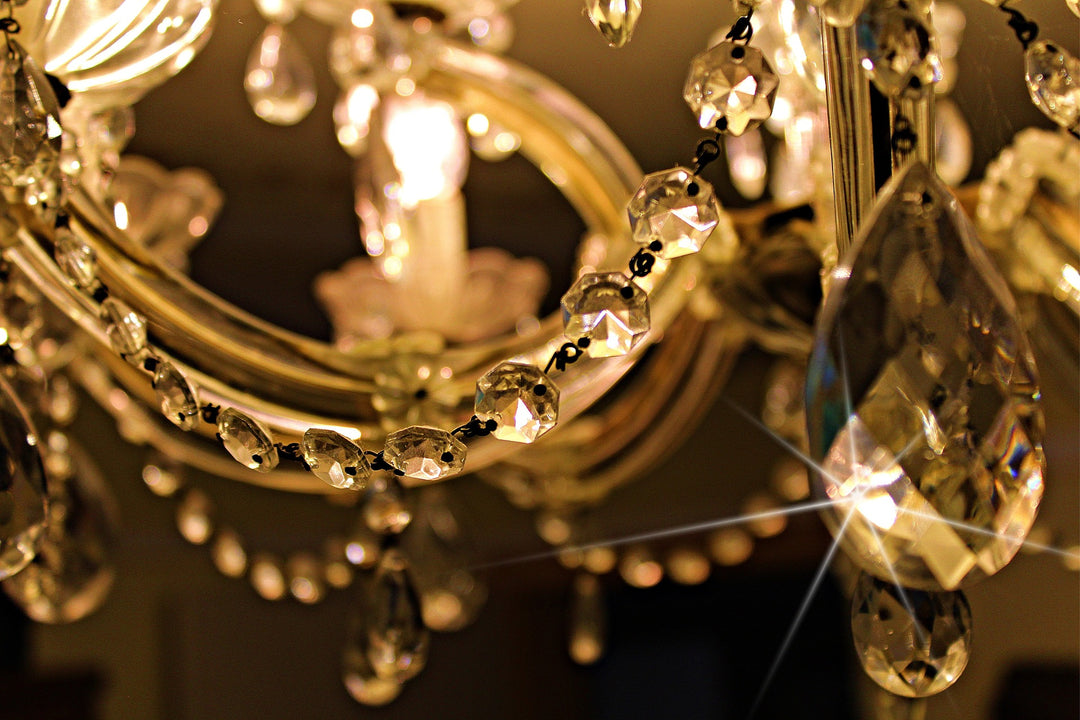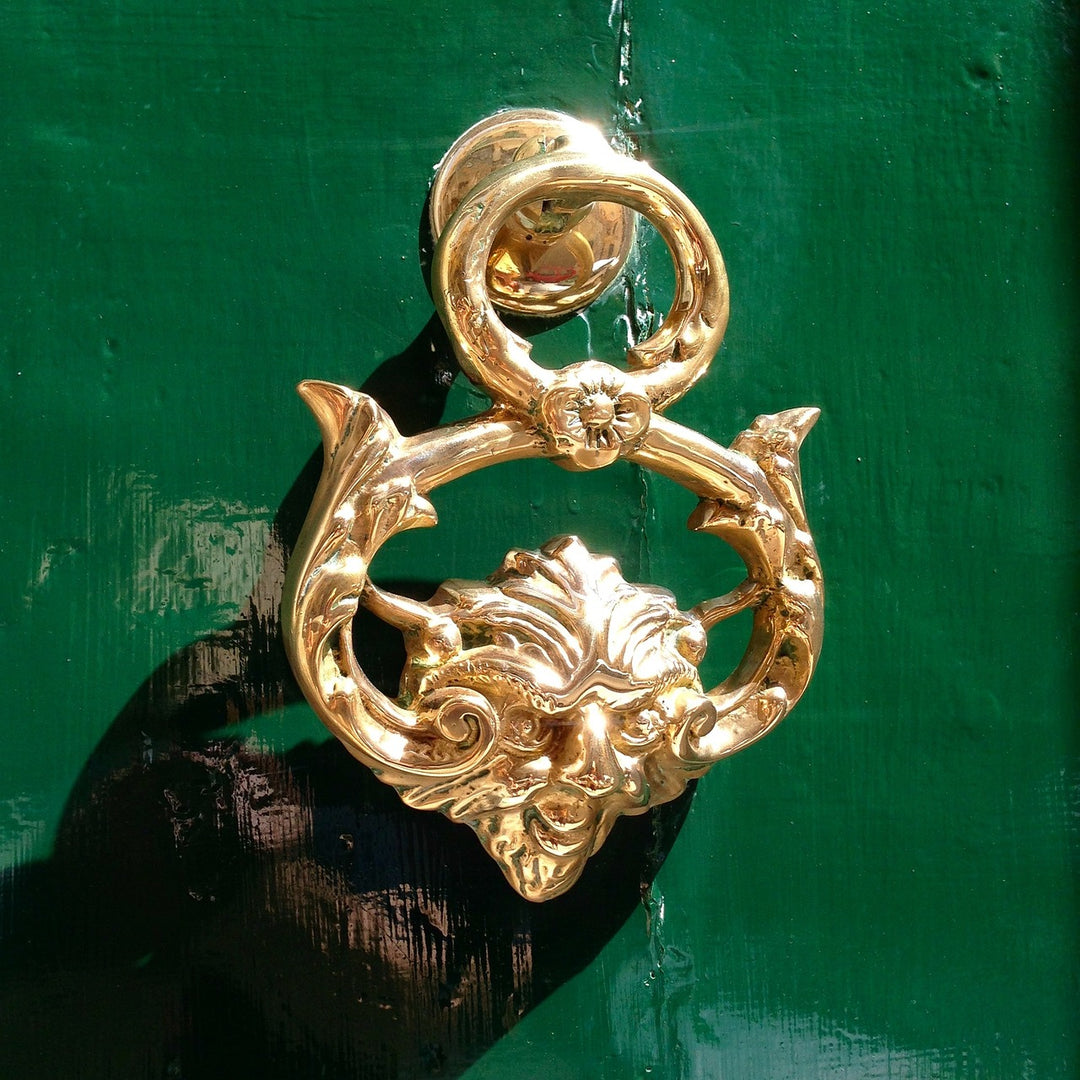The Art History of Metal Door Knobs
From the earliest times, door knobs have been a symbol of wealth and beauty. In the late 1500s and beyond, we start seeing individual rooms, but only in palaces and the most stately homes. For example, when Louis XIV reigned France and built the Palace of Versailles, highly decorative and delicate door knobs were created both for the king and his courtiers. The purpose was more about displaying and opulence than achieving security, however.

Decorative door hardware, including door knobs, emerged after the Centennial Exposition of 1876 during the Victorian era. This was a time when ornate architecture was seeing a revival and so hardware was relied on for its functionality as well as its decorative potential. The golden era of door knobs. If there ever was such a thing, it would have been from 1860 to 1910 during the Victorian era. This was America's golden age of cast bronze, iron and brass door knobs. Shortly after the turn of the century, in the 1910s, most manufacturers began pressing hardware out of cheap tin and metal alloys to help conserve metals during World War I.

Original metal door knobs can sell well at auction. In 2005, a cast bronze knob with the figure of an elk sold on an auction website for $9,450. While we are not sure of the demand for knobs featuring an elk, it was nonetheless a record sale for the time.

Russell & Erwin, Yale & Town and companies such as Mallory Wheeler, manufactured the fine details of the newly constructed Victorian-era houses. In addition to elks, horses, dogs, flowers, various geometric shapes, and even Japanese Geisha were cast onto metal doorknobs. There were also ones with symbols of fraternal organizations, schools, state seals, and commercial insignias.

You can find many more uses for these door knob and even find more curated collections produced today. Check out our private and curated collection of door knobs (bronze, brass, crystal and glass) online.



